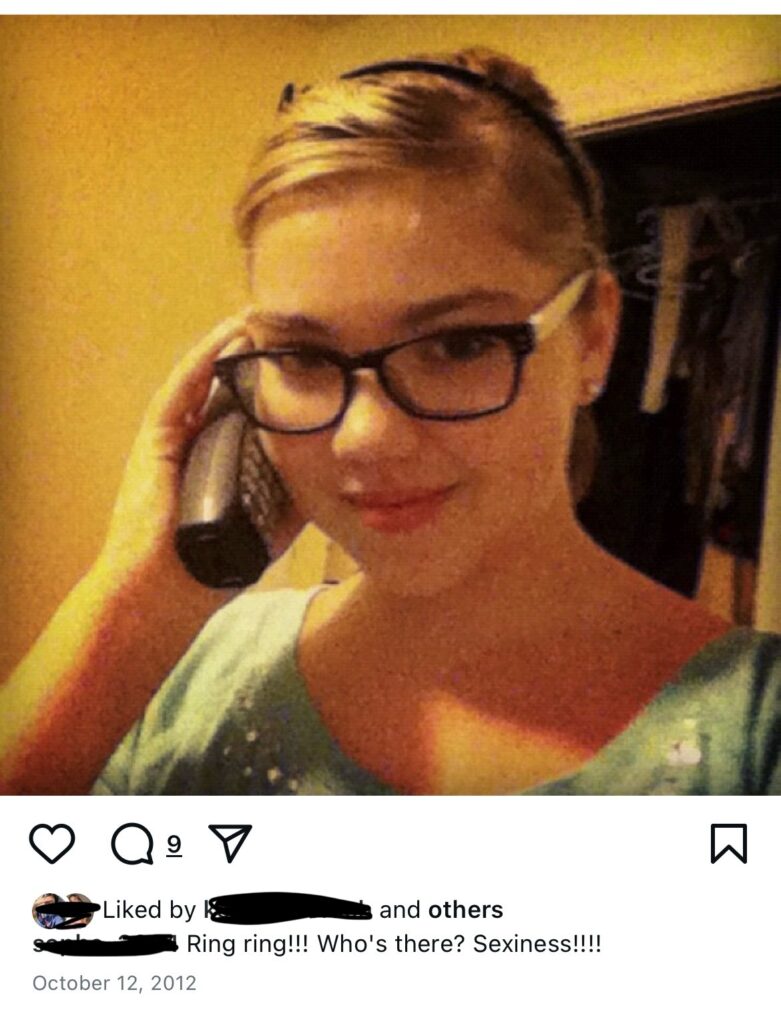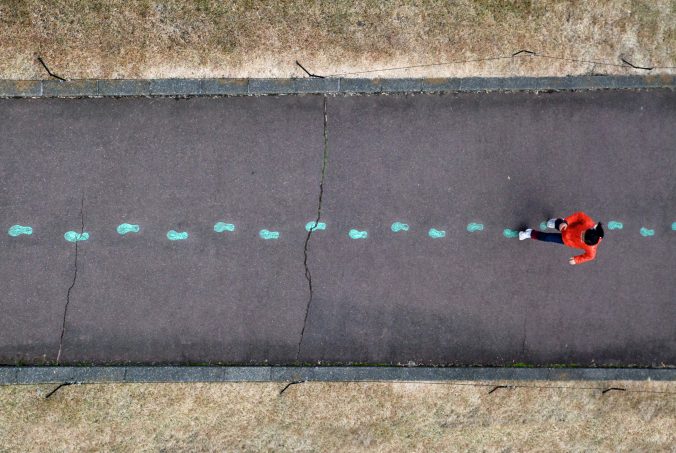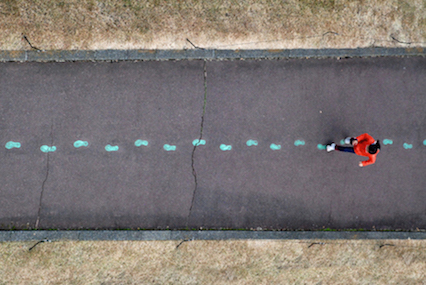Through my research, I’ve learned that a defining element of compassionate education is its resistance to traditional systems that prioritize exams over emotional well-being. The Global Compassion Coalition points out that “The pressure of repeated exams is known to correlate with increased stress and anxiety among pupils. A study in the UK reported that 94% of teachers believe pupils are driven toward stress-related conditions during exam season.” The report also speaks to how exams only measure a narrow range of knowledge and fail to capture skills like emotional intelligence, collaboration, or creativity. In this sense, a system centered on testing not only overlooks important dimensions of learning but also encourages competition rather than community. Compassionate education seeks to reverse that pattern. Instead of teaching students to outperform one another, it aims to create conditions where they can thrive alongside one another.
This idea is echoed in Luba Vangelova’s work with Charter for Compassion, as described in To Advance Education, We Must First Re-imagine Society. Vangelova argues that reform efforts often fail because they focus on fixing schools rather than rethinking the values that shape our entire society. She looks to the work of John Abbott, of the 21st Century Learning Initiative in her account. Vangelova asks whether we want a world of independent, community-minded adults or one of consumers who depend on products and authority figures to define their choices. Her view is that our education systems mirror the latter. Built during the Industrial Age, they were designed to produce compliant workers rather than curious thinkers. As a result, students have been conditioned to absorb information and follow directions rather than question, connect, or create.
Vangelova envisions an entirely different kind of learning. One that mirrors biological growth rather than mechanical efficiency. Children, she notes, are “born to learn” and naturally driven to make sense of the world through exploration. When adults step back and create “highly challenging but low-threat environments,” young people develop a genuine desire to understand, not simply to achieve. Compassionate systems of education, then, require trust: trust in children’s intrinsic motivation, and trust in the learning process itself.
She also emphasizes that education should be a community-wide responsibility. Students need to see themselves as valued contributors, not passive recipients. This approach relies on relationships between teachers, families, and communities. Relationships that model empathy, interdependence, and shared responsibility. She quotes, teachers should act as “imaginative, knowledgeable guides” who spark curiosity rather than deliver information. Engaging a class in a spontaneous discussion about war illustrates how real learning emerges from dialogue and connection, not memorization.
While we could critique the system at large, other programs show what compassion can look like in practice. The Global Game Changers (GGC) program, described by Erin Skarda in How Teaching Compassion Empowers Kids to Make the World a Better Place, offers one such example. This initiative uses the equation my talent plus my heart equals my superpower to help children recognize their capacity to contribute to their communities. Students learn that compassion is not a separate moral lesson but a part of who they are. The program has been linked to improvements in academic achievement, self-confidence, and classroom climate. Teachers who participated in the pilot program described more creative, positive, and engaged learning environments, even within the pressures of standardized testing.
What stands out to me about programs like GGC is their belief that compassion can be both a moral compass and a pedagogical strategy. When children learn to give back, they also learn to see themselves as capable, valued, and connected. This sense of belonging and purpose seems to be what traditional education often misses.
In exploring these ideas, I am beginning to see compassionate education as a shift in both mindset and structure. It challenges the belief that success can be quantified through grades and instead focuses on nurturing empathy, community, and curiosity. The more I learn, the more I recognize that compassion in education is not just about kindness, it’s about redesigning the very systems that shape how children see themselves and the world.
Next week, I will be learning about specific compassionate practices and their outcomes, exploring how they look in real classrooms and what effects they have on student well-being and learning.



